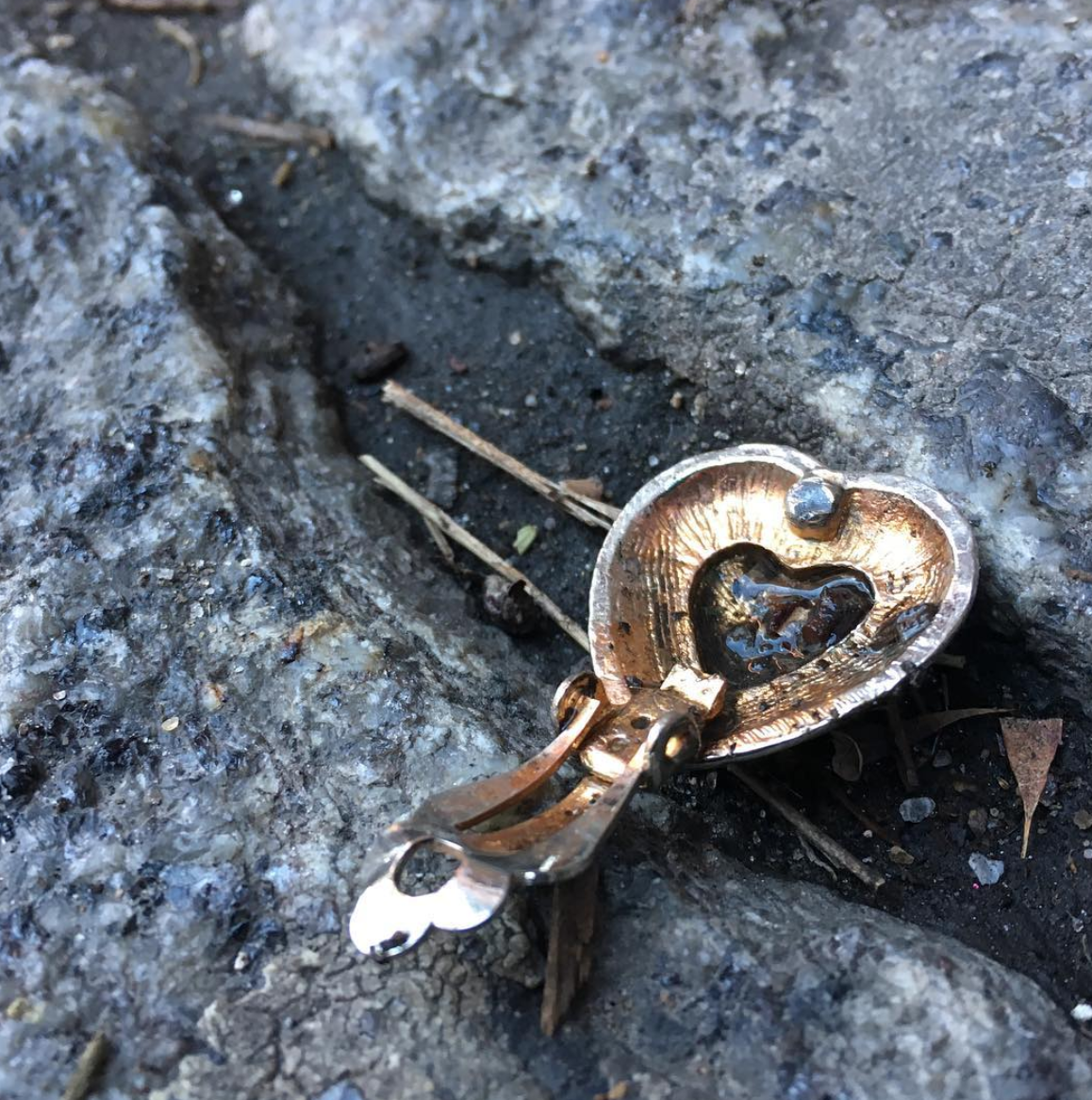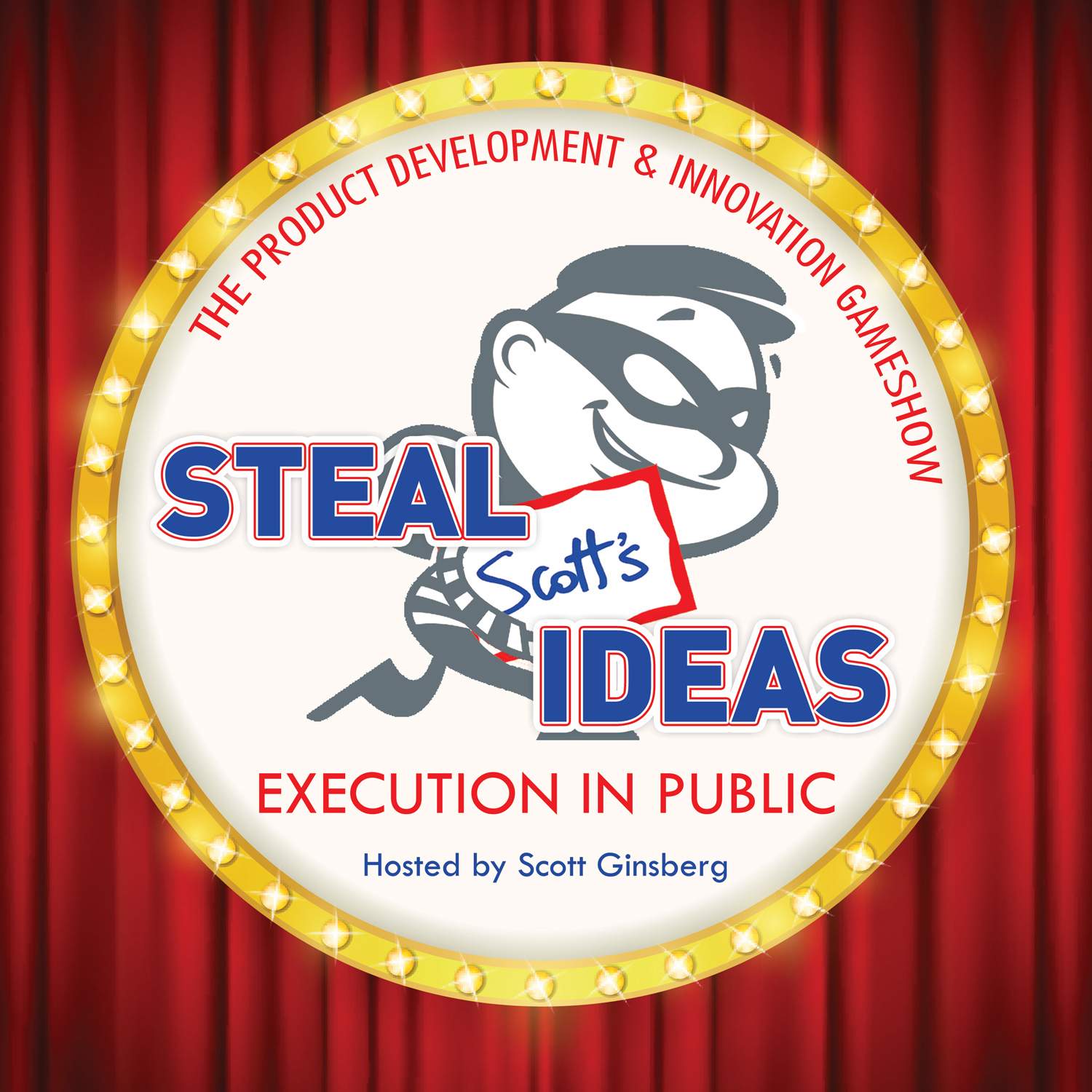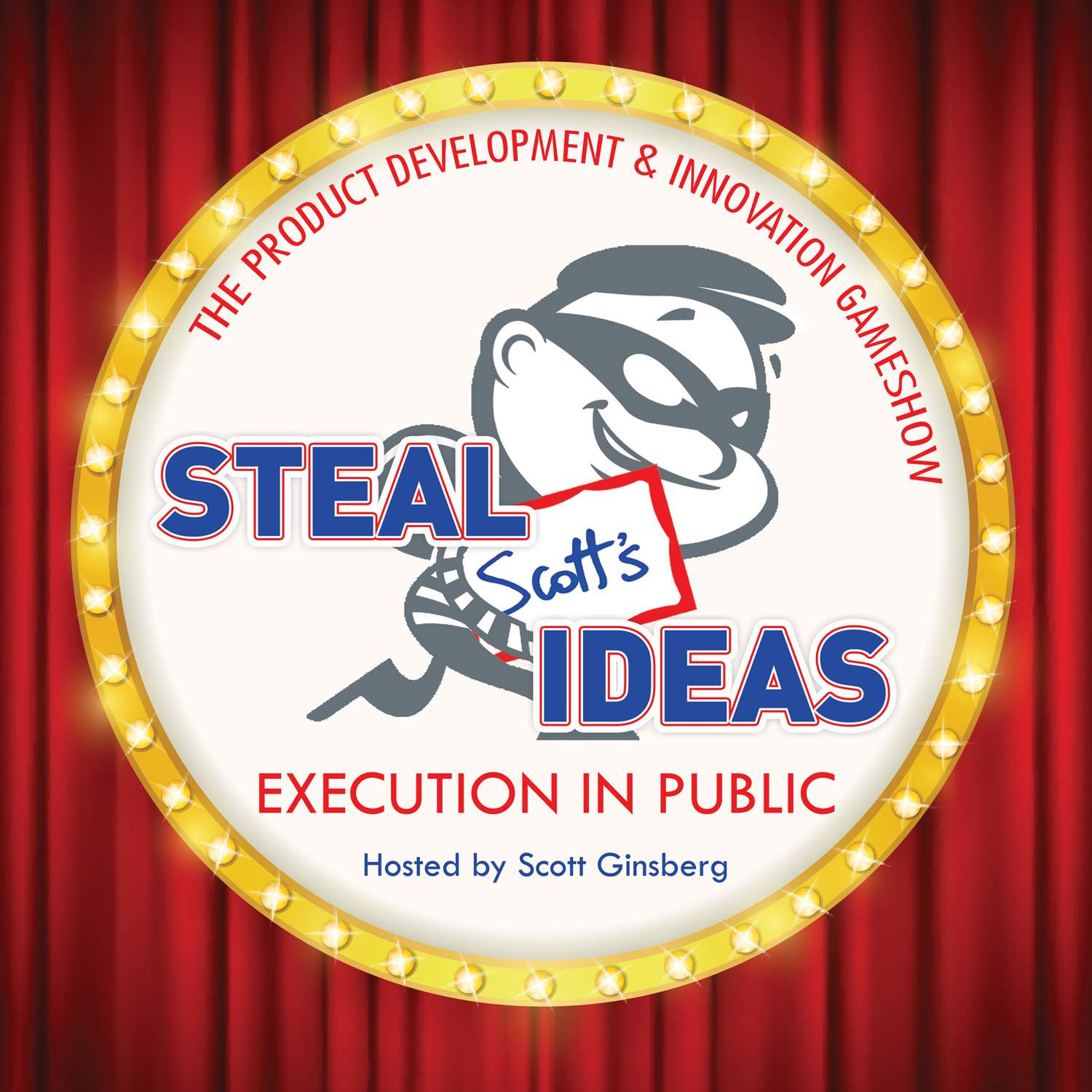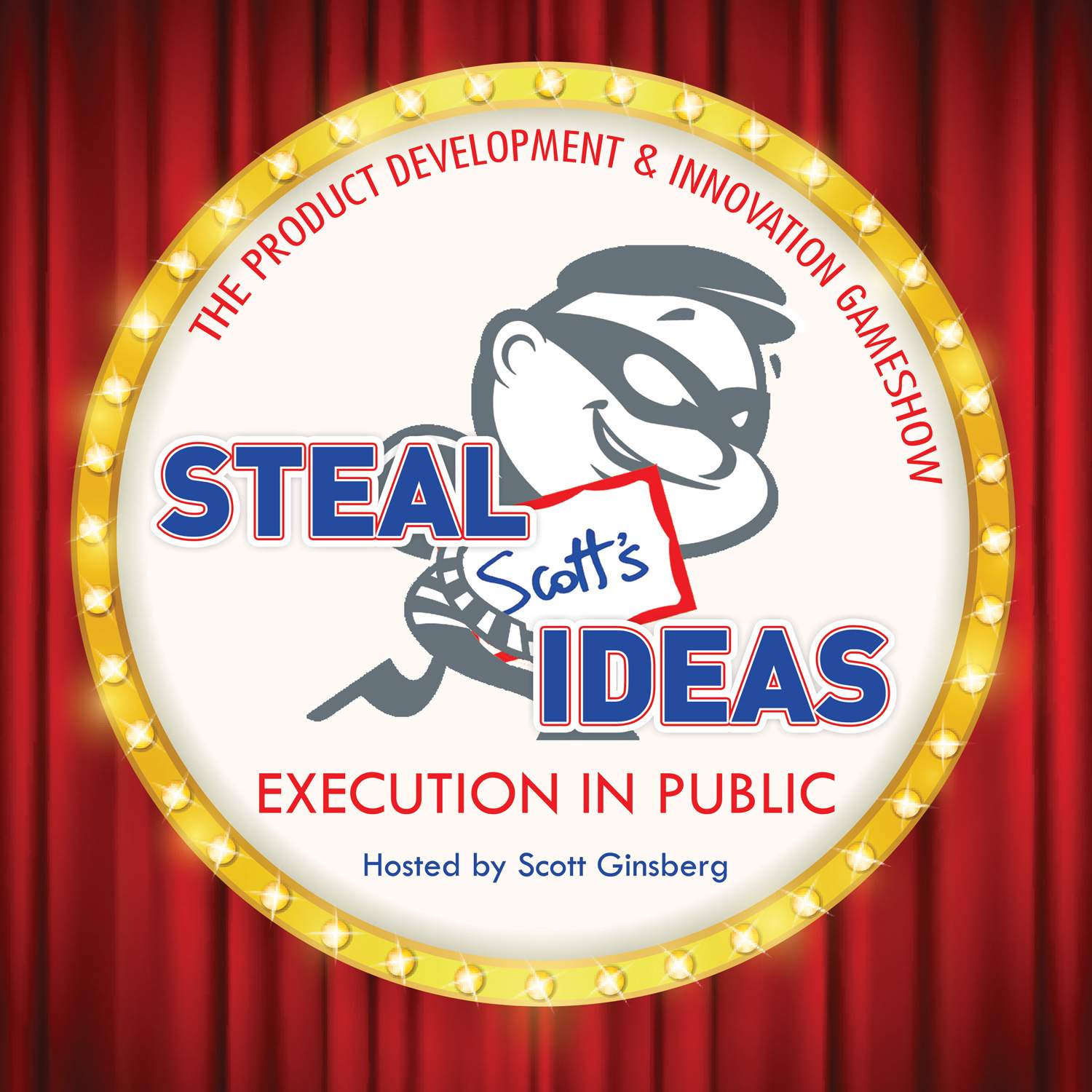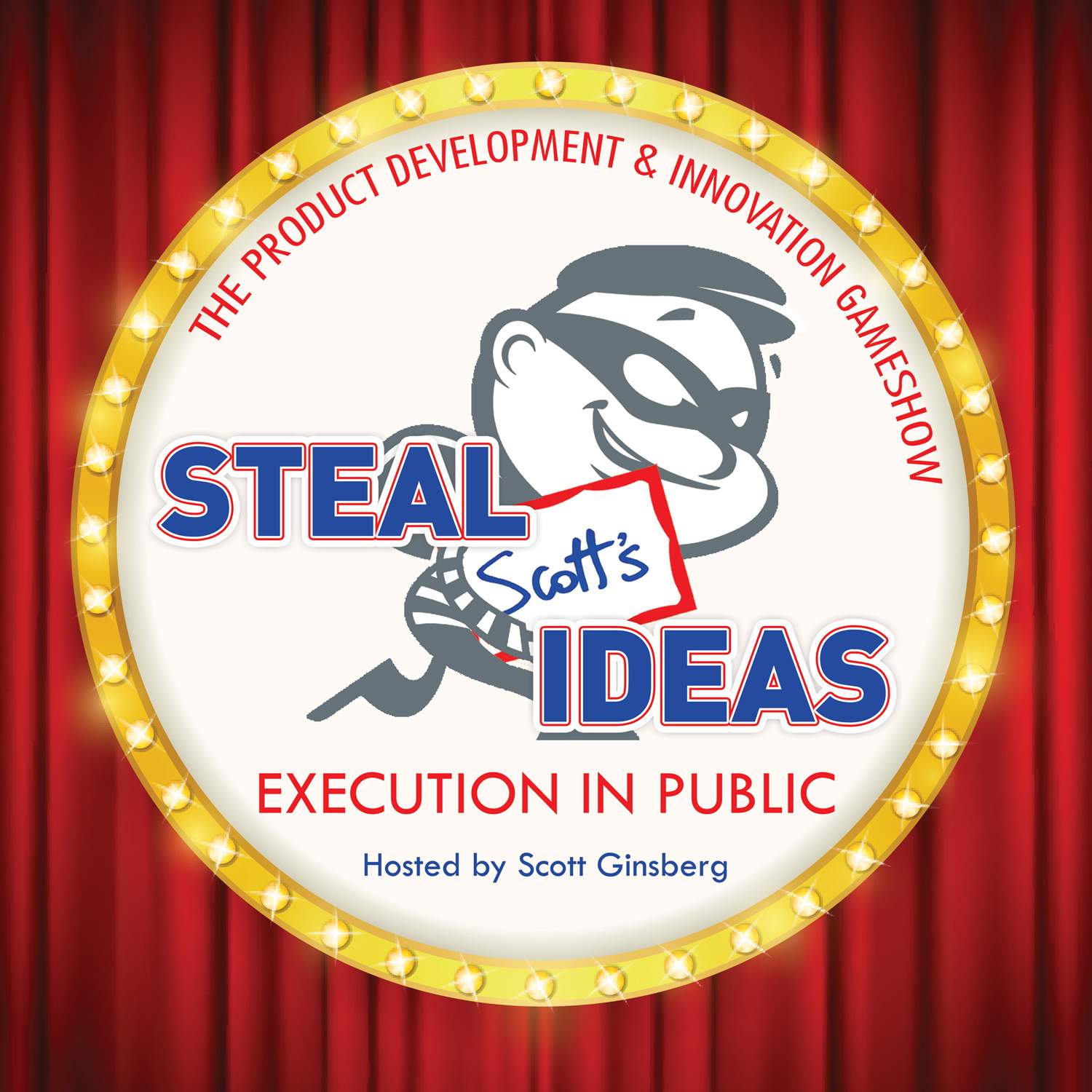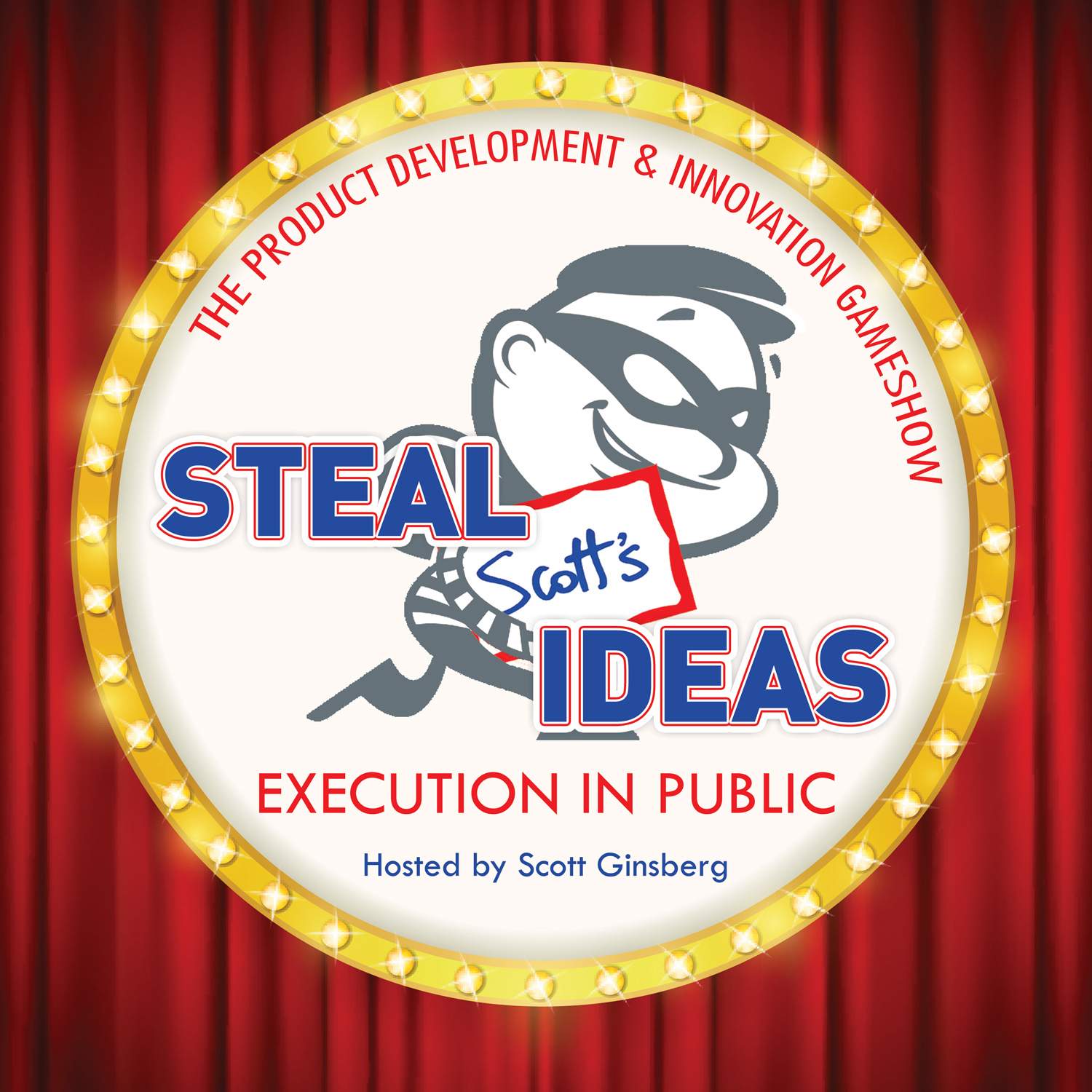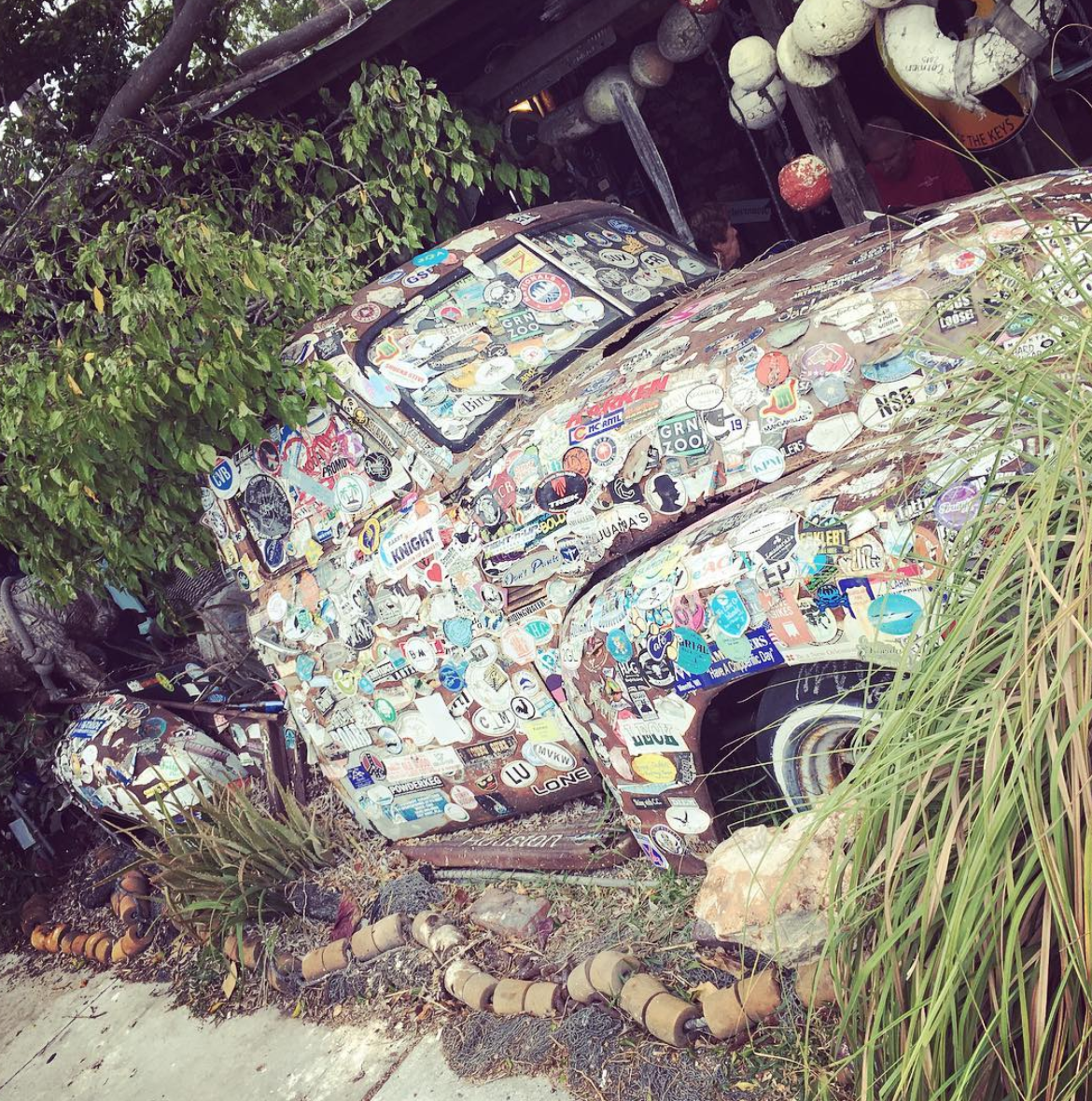
Saturday morning, a man receives a knock at this door.
He answers and sees a jehovah’s witness smiling and holding a bible.
“Hello, sir, do you mind if I come inside to talk for a bit?”
To his surprise, the homeowner says yes and invites him in. A few minutes later, the man comes into the living room with some coffee and a bagel, sits down on the couch and says:
“So, what did you want to talk to me about?”
And the jehovah’s witness responds:
“I don’t know, I never made it this far.”
The reason I love this joke so much is, it’s not about religion, it’s about rejection. It’s about how we can become so habituated to hearing no, that we don’t even know how to react to a yes.
Because we’ve forgotten what it feels like to be accepted. It’s a foreign concept.
And so, when it actually happens, we’re paralyzed with disbelief.
Excuse me, but I must have misheard. I could have sworn you just said yes to me.
It’s like when you’re a kid and you start repeating the same word over and over until it turns into gibberish.
Thurber first pointed this out in his autobiography.
I began to indulge in the wildest fancies as I lay there in the dark, such as that there was no such town, and even that there was no such state. I fell to repeating the word new jersey over and over again, until it became idiotic and meaningless.
If you have ever lain awake at night and repeated one word over and over, thousands and millions and hundreds of thousands of millions of times, you know the disturbing mental state you can get into.
There’s actually a scientific term for this moment. Semantic saturation is a psychological phenomenon in which repetition causes a word or phrase to temporarily lose meaning for the listener, who then perceives the speech as repeated meaningless sounds.
Rejection works the same way. The avalanche of no scrambles our brain.
And so, when we finally realize, wait a minute, these people aren’t just being nice, they actually like and trust and believe in me, we almost have to pinch ourselves to wake up and receive the love that’s waiting for us.
LET ME ASK YA THIS…
What word have you insulated your heart against hearing?
* * * *
Scott Ginsberg
That Guy with the Nametag
Author. Speaker. Strategist. Inventor. Filmmaker. Publisher. Songwriter.
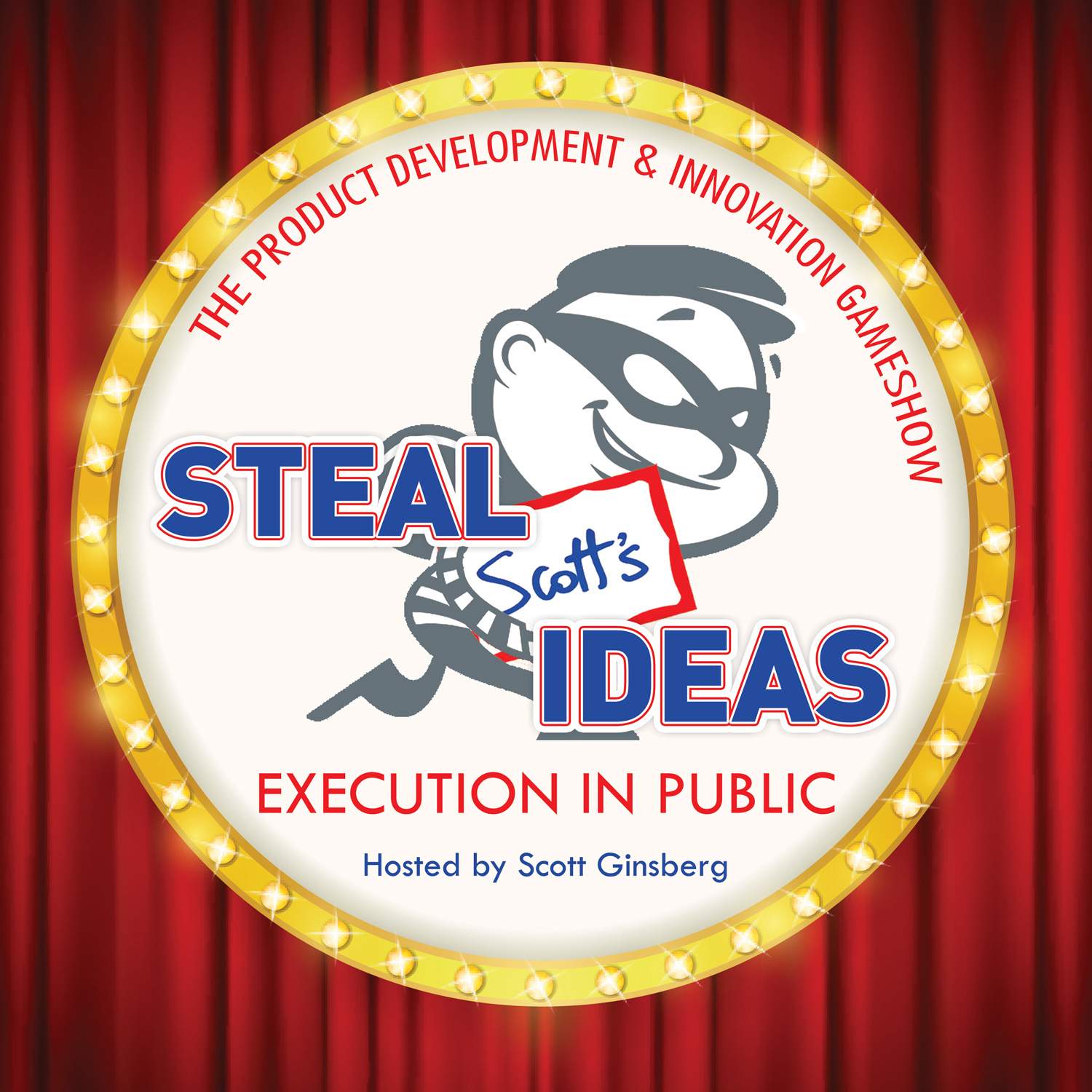
Listen to the world’s only product development and innovation gameshow!
Subscribe today. Join out community of innovators, artists and entrepreneurs.
Together we can solve real problems, brainstorm ridiculous inventions and build robust marketing strategies to help those ideas improve the world.



